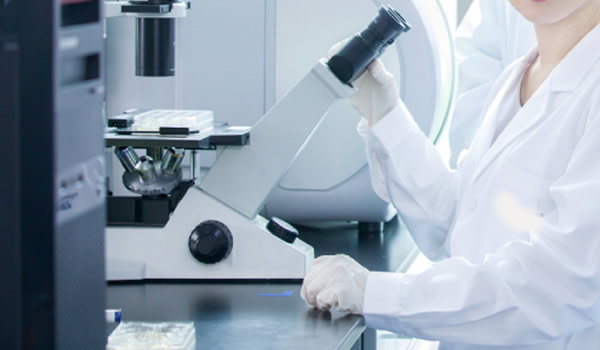Summary: the realm of Telemedicine, exploring its importance, operations, impacts on lifestyle, clinical research, and future possibilities. It hopes to provide readers a comprehensive understanding of this rapidly growing MedTech field.
Introduction
As digital technology continues to evolve, it is shaping the way we access and experience healthcare. Telemedicine, which allows patients to consult healthcare professionals remotely using digital communication tools, is a crucial development that is vital for Asia and the world. It increases access to healthcare, cuts cost, and could play an essential role during emergencies, such as epidemics and natural disasters.

Subheading 1: Understanding Telemedicine
Telemedicine involves the use of technology and digital tools to provide clinical healthcare remotely. It allows medical professionals to evaluate, diagnose, and treat patients in distant locations using telecommunication infrastructure. Telemedicine can comprise various services ranging from virtual doctor appointments, electronic transmission of medical imaging, and health advice through phone or video conference.
Subheading 2: The Role of Telemedicine in Modern Healthcare
Telemedicine is gaining traction due to its potential to provide convenient, cost-effective care, especially in regions where medical services are scarce or inaccessible. Patients can receive care in the comfort of their homes, which helps in reducing hospital readmission rates, and improving chronic disease management. Moreover, during pandemic situations, telemedicine can help minimize the spread of infections by limiting person-to-person contact.
Subheading 3: Global and Regional Implications of Telemedicine
Telemedicine's impact is felt globally, including in Asia. According to a report by Global Market Insights, the telemedicine market in Asia Pacific is poised to grow by 25% from 2020 to 2026. The demand for telemedicine is driven by an increasing geriatric population, a rise in smartphone ownership, and the need for accessible healthcare in rural or remote locations. Despite this, public knowledge and acceptance of telemedicine needs to be enhanced for its full potential to be realized.
Subheading 4: Clinical Research and Safety Concerns of Telemedicine
While telemedicine is promising, it comes with concerns. It is essential to ensure data privacy and security in electronic communications, reduce misdiagnosis risk due to lack of physical examination, and establish clear regulations regarding online prescription. Ongoing research and collaborative efforts are underway to address these challenges and to improve telemedicine’s effectiveness and security.
Subheading 5: The Future of Telemedicine
As technology continues to evolve, telemedicine will likely become an integral part of global healthcare delivery. In the future, we can expect more advanced telehealth platforms, wider coverage of telehealth services, and increased acceptance among patients and healthcare providers. The future of telemedicine shines bright, promising a world where quality healthcare can reach anyone, anywhere.
FAQs:
Q1: What is Telemedicine?
A: Telemedicine involves the use of technology and digital tools to provide clinical healthcare remotely.
Q2: Why is Telemedicine Important?
A: It increases access to healthcare, cuts cost, and can play an essential role during emergencies, such as epidemics and natural disasters.
Q3: What are the Concerns Regarding Telemedicine?
A: Concerns revolve around ensuring data privacy and security, reducing the risk of misdiagnosis due to lack of physical examination, and establishing regulations regarding online prescription.
Editor's Note
Telemedicine is not a replacement for traditional healthcare, but rather a complement offering more access and convenience. Always consult with healthcare professionals for correct diagnosis and treatment. Let's embrace the power of technology to improve our health, but with safety, caution, and due diligence.
User Comments
King, Amelia: gave me clarity on something my doctor mentioned.
E. Morris: I appreciate how the risks and treatments are clearly laid out.
Emma Morris: Finally found something reliable on this topic. Thank you!